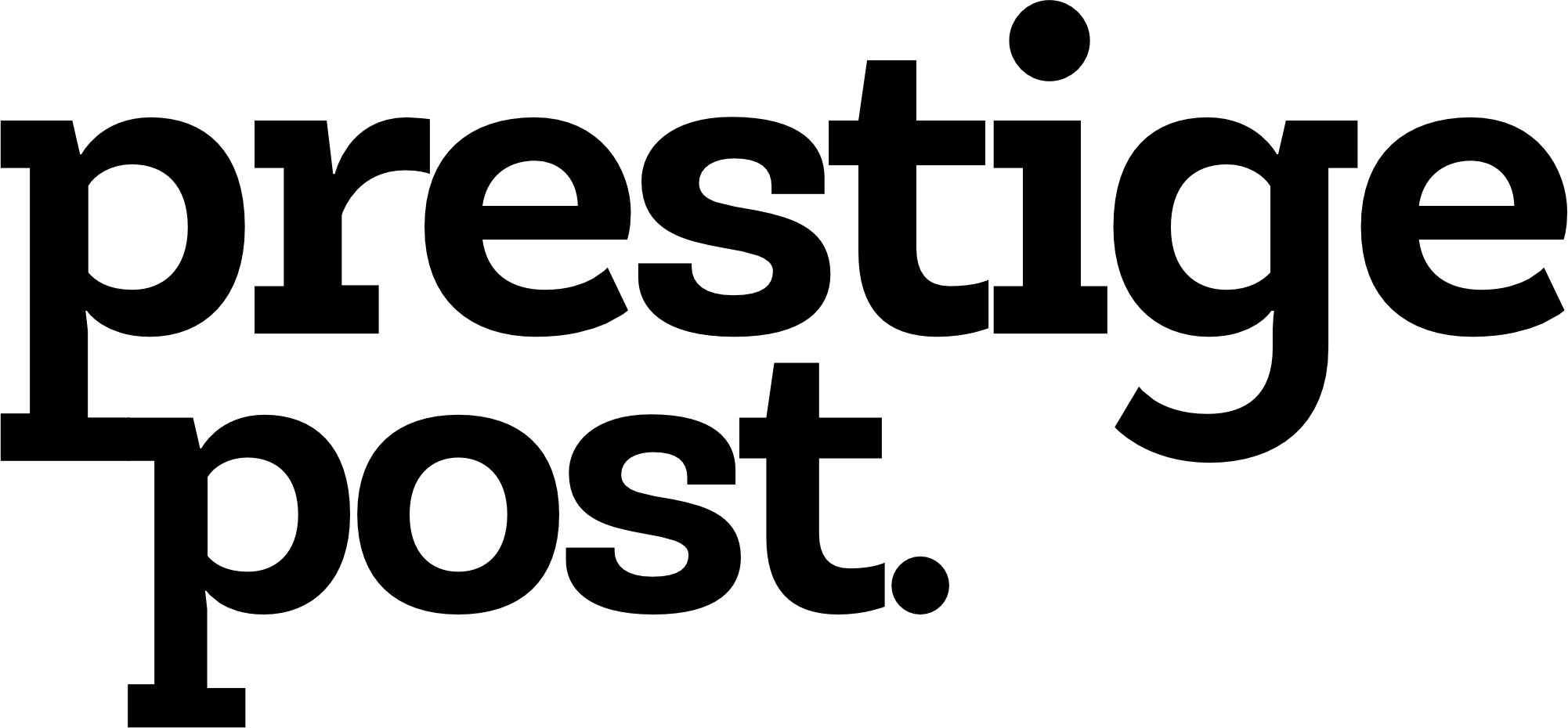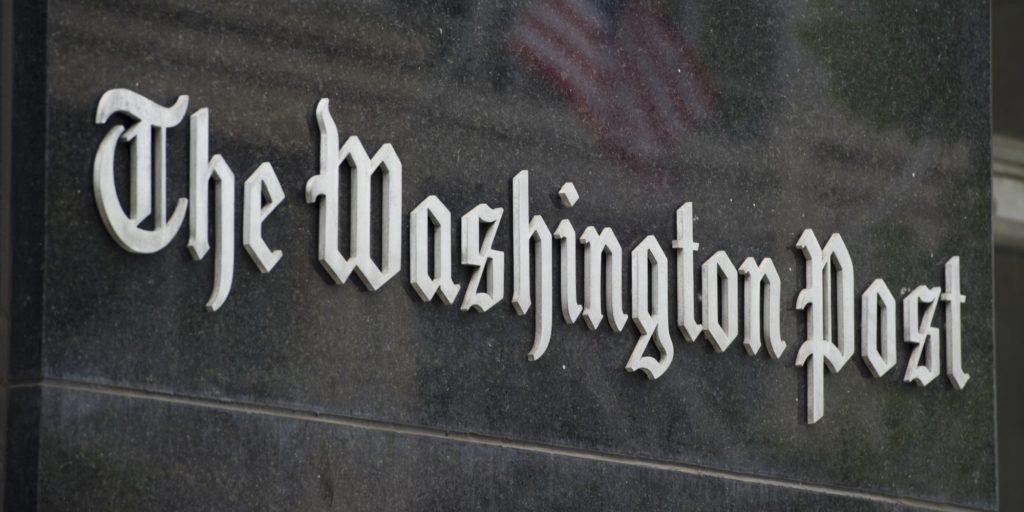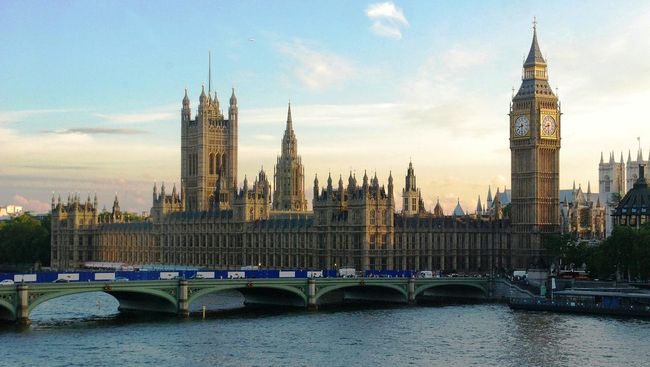New York — In a bid to modernize its digital operations and reverse a trend of financial losses, The Washington Post has launched a redesigned homepage that promises to address long-standing internal concerns while positioning the paper for future growth. The changes, spearheaded by publisher and CEO Will Lewis, mark a crucial part of the newspaper’s ongoing strategy to reclaim profitability and strengthen its digital footprint under the ownership of Jeff Bezos.
This year, the Post is projected to lose approximately $50 million, a reduction from last year’s $77 million loss, but still far from the desired financial outcome. For Lewis, who took the helm in January, the challenge has been twofold: revamp the publication’s digital experience to better engage readers and stabilize its business model in an increasingly competitive media landscape.
One of the central complaints within the newsroom has been the design of the Post’s homepage. Reporters and editors have often described it as outdated, with too few top stories and a lack of cohesion that made it difficult to showcase the full breadth of the paper’s journalism. Frustrations reached a point where staff members openly envied the homepages of competitors like The New York Times, which featured more dynamic layouts and richer content presentations.
In his latest memo to staff, Lewis addressed these concerns, calling the redesign a “major step forward” in the publication’s efforts to remain competitive. He credited the staff for their role in pushing for improvements and ensuring the successful launch of the new homepage. “I know many of you were dissatisfied with the previous version, and I shared those concerns. Your efforts to improve it have been invaluable,” he wrote.
The new homepage, introduced last week, has been met with optimism. It now includes double the number of slots for top stories—six instead of three—allowing a broader range of content to be featured prominently. This change is expected to alleviate internal tensions, as editors previously had to compete for limited space to showcase their most important stories.
In addition to the expanded story slots, Opinion pieces have been elevated to a more prominent position on the homepage, while certain sections, such as “Help Desk” and “Technology,” have been removed. These changes reflect a more targeted approach to content, designed to enhance reader engagement and streamline the overall experience. More adjustments are anticipated in the coming months as the paper continues to optimize its digital strategy.
The decision to revamp the homepage comes at a pivotal time for The Washington Post. While the publication still garners significant traffic from side doors such as social media and email newsletters, recent shifts in the digital landscape have made the homepage more critical than ever. With platforms like Facebook pulling back on news distribution and Google’s integration of AI altering search traffic dynamics, the homepage has become a vital entry point for readers.
Earlier this year, The Post also launched a new marketing campaign aimed at expanding its audience. Titled “Switch On,” the campaign builds on the publication’s iconic “Democracy Dies in Darkness” slogan and seeks to attract more digital subscribers. Despite these efforts, Lewis faces the ongoing challenge of reversing the paper’s financial decline and restoring confidence in its long-term future.
Lewis’s leadership, though marked by some controversy, remains focused on the publication’s growth. Allegations resurfaced earlier this year regarding his involvement in a UK phone-hacking scandal, casting a shadow over his tenure. Although he has denied any wrongdoing, the scandal temporarily hurt morale. Nevertheless, Lewis has worked to regain the trust of his staff, frequently highlighting positive developments in his weekly communications.
In his most recent memo, Lewis reported encouraging news on the subscription front, noting that the Post had recorded its highest net growth week of the year. However, the company has yet to disclose updated subscription figures, with the last publicly available count at 2.7 million. As the Post continues to roll out new initiatives, Lewis is determined to steer the publication back toward profitability, with the homepage redesign marking a critical step in that journey.









